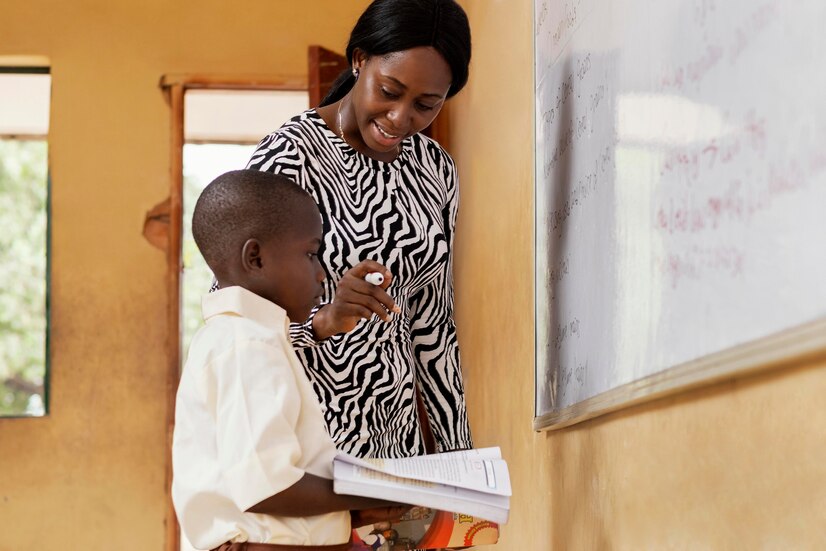
n a rapidly changing world, it’s not enough for students to memorize facts—they need to think critically and solve problems creatively. As an educator, fostering critical thinking can transform how students approach challenges.
Start by asking open-ended questions during lessons, encouraging students to explore "why" and "how" rather than just "what." Activities like debates, group discussions, and project-based learning offer opportunities for students to engage deeply with content and share different perspectives.
Real-world connections are also crucial. For example, in mathematics, asking students to apply formulas to solve financial problems or build models gives meaning to their learning. Technology tools like Kahoot or NaSOMA can spark discussions and help students think critically about concepts.
Encouraging students to reflect on their mistakes and learn from them promotes a growth mindset. With these strategies, you empower students to develop the skills they’ll need in careers, entrepreneurship, and beyond.
Comments (0)
Categories
Recent posts
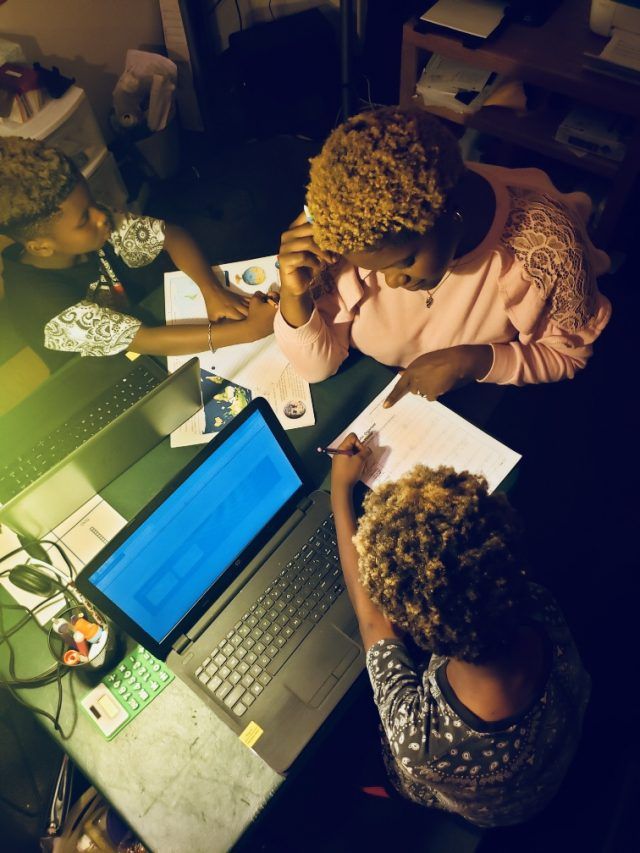

Exploring Different Career Paths: ...
1 Jul 2021
Celebrating Kenya’s Rising Star in ...
5 Oct 2024
The Richest People in the World ...
1 Jul 2021
Empowering Young Explorers through the ...
25 Sep 2024
Celebrating Teachers' Day
6 Oct 2024
Individual Development as the Pathway to ...
5 Oct 2024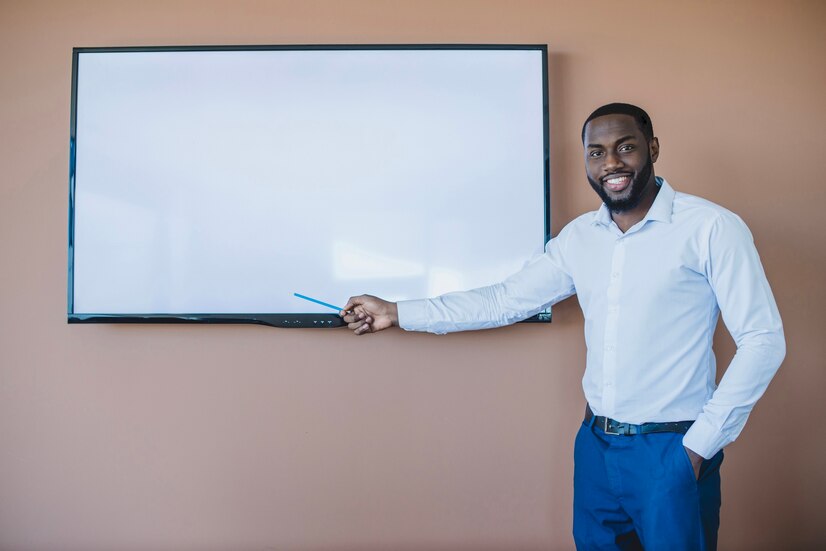
Staying Current in a Changing Education ...
15 Oct 2024
Remote Work Trends: Digital Nomads
15 Oct 2024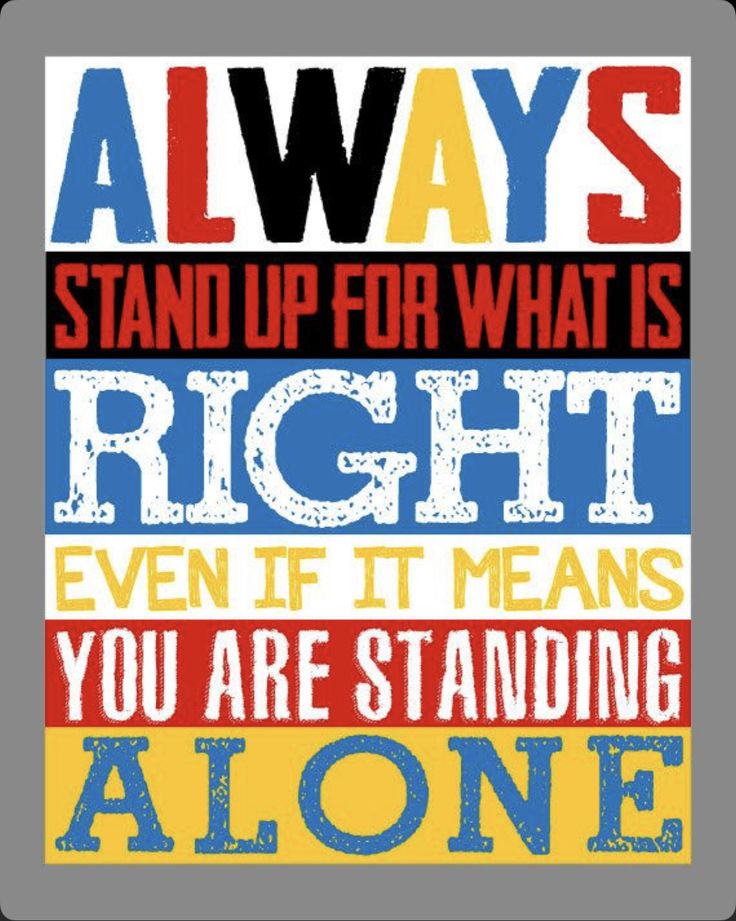
Standing Up for Justice: Lessons from A ...
17 Jan 2025
Sneakers: A Lesson in History and ...
17 Jan 2025
Breaking into the World of Data ...
15 Oct 2024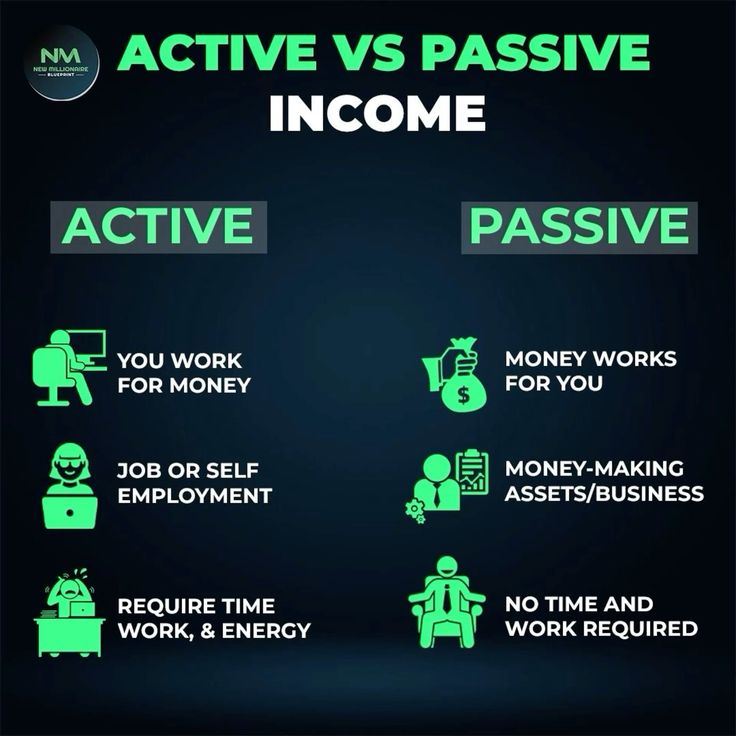
Active vs. Passive Income: Striking a ...
17 Jan 2025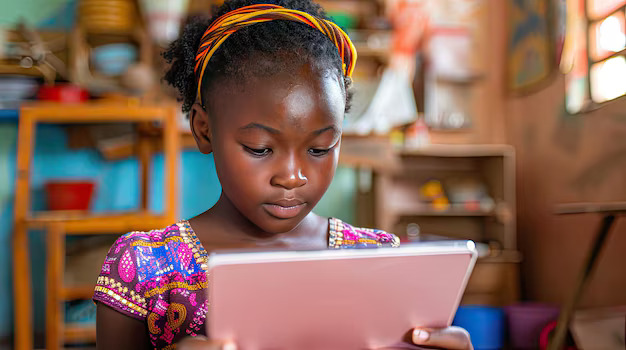
Integrating EdTech for Engaging Lessons
15 Oct 2024
Nurturing Critical Thinking in the ...
15 Oct 2024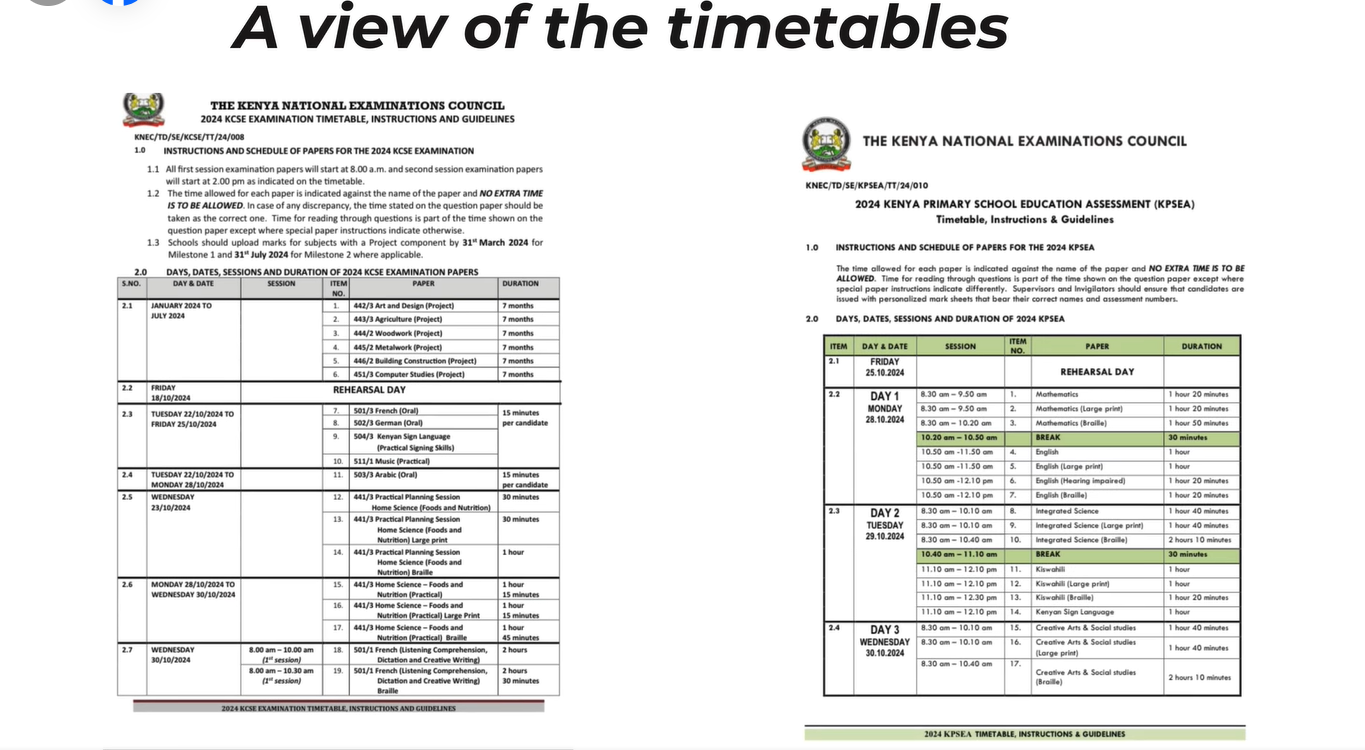
KIPSEA National Timetable for Grade 6 ...
27 Oct 2024
'Kenyan Dress': Embracing Cultural ...
5 Oct 2024
Features of work songs
17 Jan 2025World Oceans Day
5 Oct 2024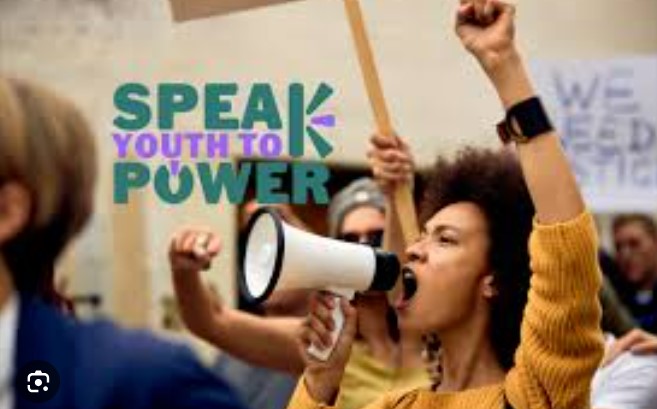
Youth Participation in Politics
5 Oct 2024
Egg Chop: Quick, Delicious, and Perfect ...
17 Jan 2025
Cryptocurrency: A High Schooler’s ...
1 Jul 2021
The baobab tree: Kenya’s ancient ...
17 Jan 2025
How AI Is Changing the Job Market
15 Oct 2024
Why Giving Back Makes You a Better ...
11 Oct 2024
Why You Students Should Embrace Digital ...
5 Oct 2024
Mastering Time Management for Career ...
15 Oct 2024
How to Build a Personal Brand That ...
15 Oct 2024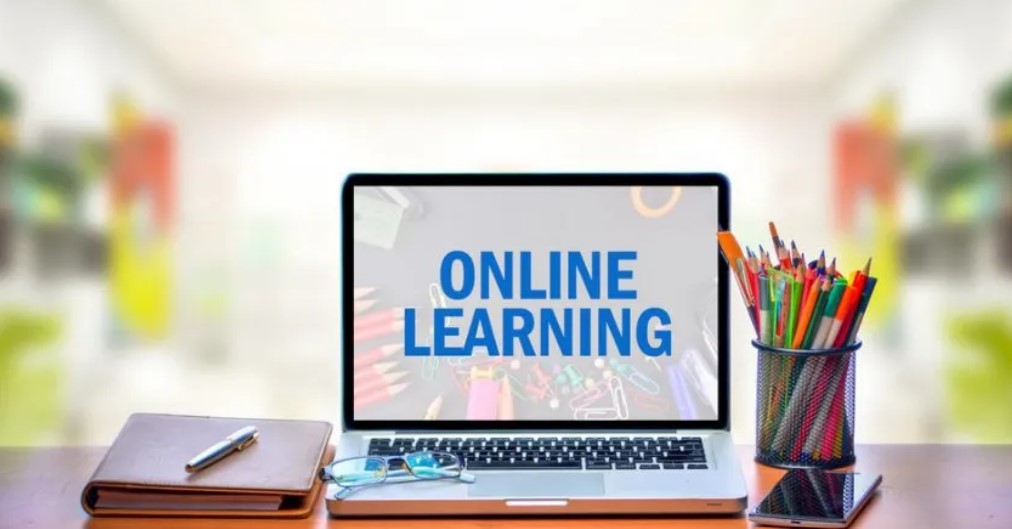
Unlocking the Power of Digital Learning
5 Oct 2024
Sådan finder du balance mellem arbejde ...
23 Oct 2024
Exploring the Universe
15 Oct 2024
Celebrating Creativity at St. Mary's ...
5 Oct 2024
How Volcanoes Make New Islands
15 Oct 2024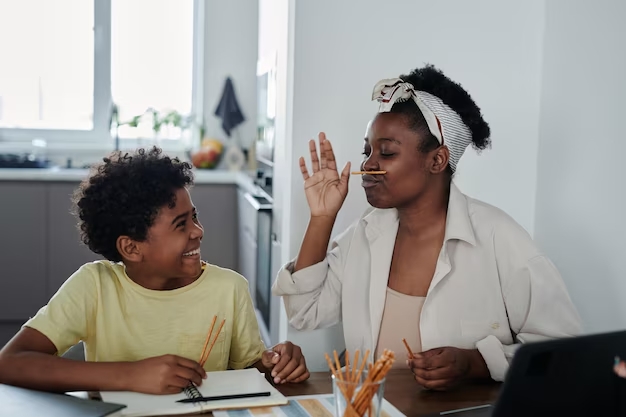
Supporting Students' Mental Well-being
15 Oct 2024
Why Do Birds Fly South in Winter?
14 Oct 2024
Lighting Up the Future
15 Oct 2024
The Secret Life of Bees and Why They ...
15 Oct 2024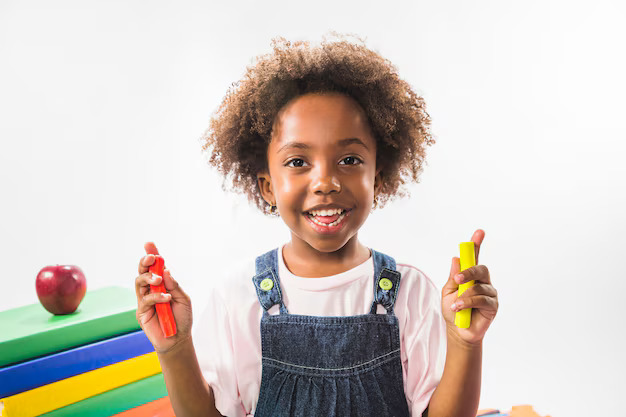
The Role of Play in Early Childhood ...
15 Oct 2024
The Science of Rainbows
15 Oct 2024
Toaster
17 Jan 2025
The Great Dinosaur Hunt
15 Oct 2024
Trump supporters storm the Capitol
17 Jan 2025
Digital Health in a Busy World
17 Jan 2025



